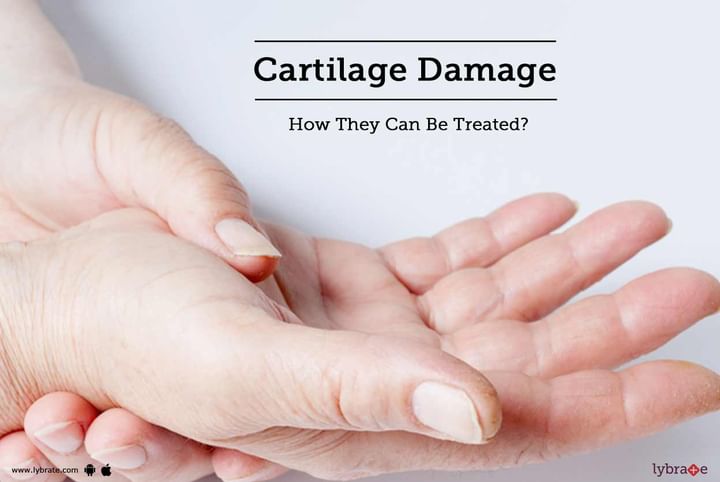Cartilage Damage - How They Can Be Treated?
Along with bones, the human structure is also supported by cartilage. Cartilage is a tough, flexible tissue that acts as a cushion between bones at joints. Some parts of the body such as the outer structure of the ear is completely made up of cartilage. Damage to the cartilage can cause pain. inflammation and in some cases even a degree of disability. Since cartilage does not have a blood supply, cartilage damage takes longer to heal than other injuries.
There are three main causes of cartilage damage
- Direct impact: Cartilage can get damaged by heavy impact during a bad fall or an accident. For this reason, sportspersons have a high risk of suffering from cartilage damage.
- Wear and tear: Over time, joints experiences wear and tear that can damage cartilage. The knees are often most affected by this. Obese people are at a higher risk of knee cartilage injury than others because of the additional pressure being put on the knees.
- Lack of movement: Long periods of immobility or inactiveness can also cause damage to the cartilage.
A physical examination may not be enough to diagnose cartilage damage as the symptoms of this condition are very similar to that of a sprain or ligament damage. In addition to a physical examination, a doctor may use Magnetic resonance imaging (MRI) or Arthroscopy. An MRI uses radio waves and a magnetic field to create a detailed image of the body. Arthroscopy involves the insertion of a tube-like instrument into the joint to determine the extent of cartilage injury.
Treatment for cartilage damage is both surgical and non-surgical.
Non-surgical treatment includes exercises, steroid injections and physical therapy.
If the patient does not respond well to this form of treatment, surgical options may be looked at. The type of surgery required depends on the age and activity level of the patient along with the extent of the injury.
Some of the surgical options include:
- Debridement: This involves using a small arthroscopic instrument to smoothen the damaged cartilage and remove loose edges. This prevents the cartilage from rubbing against adjacent bone and muscle tissue.
- Marrow stimulation: By drilling small holes under the damaged cartilage, the surgeon exposes blood vessels that lie inside the bone and trigger the formation of a blood clot. This, in turn, triggers the development of new cartilage.
- Mosaicplasty: This procedure involves the transference of healthy cartilage from one part of the body to another. It is used for isolated cases of cartilage injury on patients who are below the age of 50. In case you have a concern or query, you can always consult Top Orthopedic Doctor in Delhi & get answers to your questions!



+1.svg)
